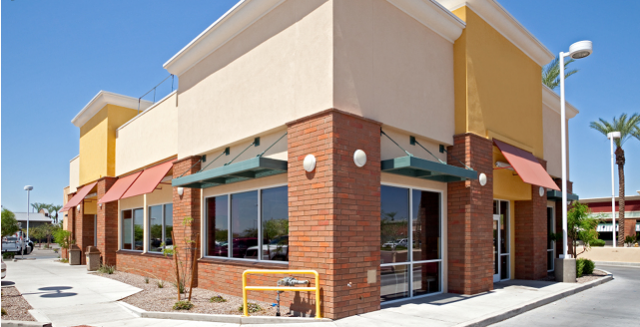
For approximately three decades, the crack epidemic has ravaged urban communities. As the drug kills family members, depletes the health of neighbors, incarcerates men, and leaves children to fend for themselves, it’s no wonder that black communities have declared it lethal. While the use of crack has died down significantly, it’s still sold on every street corner in the hood. All you need is a number to call or the right person to know; you can get your fix. Arguably, crack cocaine has benefited a few families, as local drug dealers profit off this underground market. But as the “War on Drugs” hasn’t fixed anything, other addictions have taken root in these same spaces.
While it feels like a stretch to compare fast food to crack cocaine, consider its easy access, cheap price, and health impact; you’ll notice jarring similarities. As fast food chains have transformed into community staples, it’s rare that you walk a few blocks in an urban community and not encounter one of the popular eateries. Pop Eye’s, McDonald’s, Burger King, KFC, you name it. These establishments happily convert impoverished communities’ dependence on cheap food to fast food addiction. For many families, fast food is not a luxury or a simple once-a-month treat. Instead, it’s a quick breakfast, daily lunch, or makeshift dinner for adults and children. As fast food becomes a lifestyle, there’s certainly much to fear.
Fast food is a concoction of real food. Processed, grinded, and slogged into something edible, it’s made for quicker distribution to millions of restaurants across the nation. Similar to crack, a concoction of cocaine, the breakdown of the real product still satisfies a need. Fast food is to hungry (budgeting) community members as crack is to (broke) drug abusers. But the real question remains: why don’t more people recognize fast food’s detrimental impact?
As processed foods catalyze obesity rates, inspire heart disease, and rouse diabetes, it’s no wonder that fast food addicted communities experience health crisis. Fast food is a slow killer. While it doesn’t provide a high like crack, it still eats away at your body, as you feel satisfied for filling your stomach.
Approximately 50% of the calories consumed in a burger are pure fat. Not to mention, both burgers and fries are saturated in salt for food preservation purposes, causing customers to consume exceedingly high levels of sodium. To top it off, the average American soft drink contains 44 teaspoons of sugar. The standard 2,000-calorie diet only requires 8 teaspoons of sugar per day. Simply put, fast food is excessive in every sense of the word. The more you consume these damaging products, the more addicted you’ll become.
While fast food isn’t just an “urban” thing, popular chains tend to pop up in these communities the most. Even looking at these establishments’ advertising, whom are they targeting? The urban (or black) family, teen, or child. As adults, children, and families become further addicted to these harmful foods, we might be witnessing another epidemic right beneath our eyes.







“But the real question remains: why don’t more people recognize fast food’s detrimental impact?”
I think the answer to this question lies in our overall perspective on food in general. Eating food is not seen as a process to gain nutrients that your body needs but more as something to derive momentary pleasure from. This coupled with the brainwashing process of the fast food industry that starts from childhood. Even with documentaries such as SuperSize Me and Food Inc , the message of the multi-billion dollar fast food industry is still the dominating one, exploiting poorer communities with Dollar menus, etc.